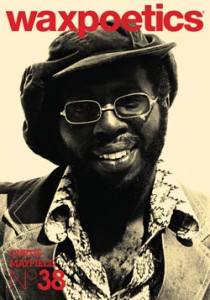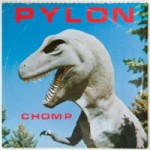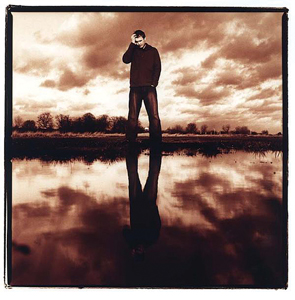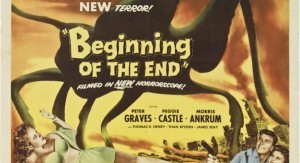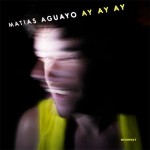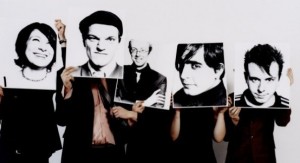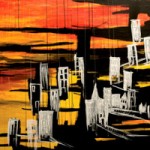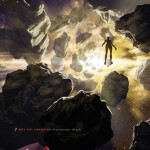Interview
Pitchfork
November 23, 2009
Link
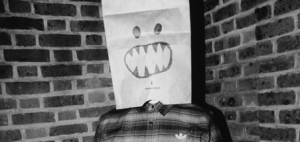
A lecturer in music culture at the University of East London, Scottish producer, DJ, and theorist Steve Goodman is anything but an ivory tower intellectual. How many of your professors have spun at Fabric? Under the name Kode9, he has immersed himself in the subject he writes about and discusses. His work as a producer and DJ and founder of Hyperdub, the enigmatic label that’s released seminal work by artists like Burial and Joker, has made him an avid participant in and catalyst for bass-driven electronic music in the UK.
His forthcoming book, Sonic Warfare, examines how sound systems are deployed in wars of mood, sensation and vibration. By analyzing the politics of sound and especially frequency while weaving together insights about Afro-Futurism, military sonic warfare, and the viral spread of music and musical culture, Goodman has laid out a philosophical analysis that links together bassbins and sound bombs. Before the release of the Hyperdub five-year anniversary compilation this month and his book, set to come out in November via MIT Press, Pitchfork emailed with Goodman about Hyperdub, the state of constant hype and the use of unsound.
Pitchfork: You’ve spoken about going to shows in Edinburgh in the early 1990s and hearing jungle, and how that was a transformational experience for you. When you think back to those nights, does the experience of hearing the music, the vibrations and the frequencies and such, match up with many of the theories you discuss in Sonic Warfare?
Kode9: Actually, those clubs I went to in Edinburgh the early 90s that were really influential on me were Chocolate City, a rare groove and 1970s funk club, and Pure, a hardcore techno club. Both were at a place called the Venue. I had only heard early jungle on mixtapes, pirate radio, and compilation tapes I picked up from 1993-94 onwards, before I used to travel down to London for the Metalheadz Sunday Session at the Blue Note in 1995. All of those experiences were just sonically really intense and really exciting and inspirational. Much of the book was formulated in bass bins since then.
Pitchfork: How did that initial passion grow beyond DJing and producing into philosophy and theory, or were those concurrent developments? Was the initial journalistic bent of the Hyperdub site a big part of that shift?
K9: They were concurrent. The book came from a synthesis of theoretical work I had been doing on information warfare in the second half of the 1990s, and the ideas behind Hyperdub when it was a webzine.
Read more…
